The Grand Slam season begins and ends with the same discussion: tennis matches end too late.
At the Australian Open on January 18, Daniil Medvedev and Emil Ruusuvuori entered Rod Laver Arena at 11:15 pm. They were scheduled to play after Anna Blinkova and Elena Rybakina, who ended up playing a three-set thriller that ended in a 22-point deciding match tiebreak – officially the longest match tiebreak in women’s Grand Slam history. Medvedev and Ruusuvuori’s match was just as tense: they played five sets and finished at 3:40 am. They were on court for four hours and 23 minutes.
The US Open and the Australian Open are infamous for their all-night thrillers. A substantial part of the US Open’s marketing campaign centers around big names battling it out under the bright lights. “Primetime” at the US Open begins at 7 pm.
The most notorious example in recent memory occurred at the Australian Open, which is currently in its second week of play. Last year, Andy Murray and Thanasi Kokkinakis played a five set match that lasted five hours and 45 minutes, the second longest match in Grand Slam history. In the midst of fighting back from two sets down, Murray needed to use the bathroom. The problem: players are only allocated two bathroom breaks in a best-of-five sets match. Murray was not allowed to leave the court because he already used his two breaks.
“Do you know something? I respect the rules,” he told the chair umpire. “It’s a joke. It is a joke and you know it as well. It’s so disrespectful that the tournament has us out here until three, [expletive] four in the morning and we’re not allowed to take a piss. It’s disrespectful to you, it’s disrespectful to the ball children, disrespectful to the players. We’re not allowed to go to the toilet. It’s ridiculous.”
Even my friends who are relatively apathetic about tennis know about the sport’s nocturnal reputation. “Nole [Djokovic] is playing at 9:30,” I texted my friend Sadie, trying to encourage her to watch his fourth round match against Adrian Mannarino.
“So that means at like 1 am,” she replied, half-joking.
This is the same friend who thinks I’m crazy because I regularly go to bed past midnight on school nights. The reality is many teenagers struggle to fall asleep before 11 pm because of a natural delay in their circadian rhythms. According to the National Institute of General Medicine Sciences, “circadian rhythms are the physical, mental, and behavioral changes an organism experiences over a 24-hour cycle.” The delay teenagers experience begins at the same time as puberty. The CDC recommends 13-18 year olds get eight to ten hours of sleep per night. If you fall asleep at 11 pm on the dot and get up at 6 am like I do, that’s only seven hours of sleep.
The main reason I’m up so late is because I need to finish homework, the majority of which needs to be completed on my Chromebook. According to Harvard Health Publishing, a division of Harvard Medical School, exposure to light “throws the body’s biological clock – the circadian rhythm – out of whack.”
“While light of any kind can suppress the secretion of melatonin, blue light at night does so more powerfully,” the organization reported. “Harvard researchers and their colleagues conducted an experiment comparing the effects of 6.5 hours of exposure to blue light to exposure to green light of comparable brightness. The blue light suppressed melatonin for about twice as long as the green light and shifted circadian rhythms by twice as much (3 hours vs. 1.5 hours).”
The report recommends “avoiding looking at bright screens beginning two to three hours before bed.” Many students have homework loads that make this goal unattainable.
What does this have to do with tennis? As a teenage student, I empathize with these athletes. Tennis players work at obscene hours (as do the umpires, ballkids, and everyone working behind the scenes) and are expected to play at their highest physical level the next day. Their schedule often deprives them of the time they need to prepare for the next match. No player is walking off court and straight into bed. Game-time adrenaline is still coursing through their veins. They have to do interviews and press conferences before they get back to their rooms.
“I woke up for my match today at 7, and I’m sure that’s when [Medvedev] went to sleep,” World #15 Karen Khachanov said, referring to the Medvedev-Ruusuvuori match. “There should be certain limits because especially the best-of-five, that match can go up to five hours and then you start at 11 pm. This is not normal, not healthy for anybody to recover, to get ready for the next day, the next match. You lose a complete night of sleep. Sleeping is part of the recovery, one of the biggest parts. Everything we do – the food, treatments, ice baths – all this stuff and you don’t sleep. So how are you going to feel the next day?”
High schoolers are in school for six hours a day. They have sports and music practice, they have jobs, they have to eat dinner, they have to shower, they have to get ready for the next day, they have a boatload of homework. If they indulge in downtime, they sacrifice an early-ish bedtime. How can high schoolers perform at their highest academic abilities when they’re deprived of sleep? How do student athletes scrape together the energy to perform at their academic and physical best every day?
The Professional Tennis Player Association, a player advocacy organization founded in 2020, called for tournaments to reform their rules surrounding late matches. “Late-night matches don’t only harm players. They have negative consequences for fans, ball kids, event employees, and all stakeholders involved,” executive director Ahmad Nassar said. “From a health and safety standpoint, it’s not optimal. It’s frankly not fair.”
Their argument was backed up by several cases from 2o23. World #4 Jannik Sinner’s second round match at the Paris Masters began at 12:30 am and ended at 2:37 am. He pulled out of the tournament before his third round match because he “had less than 12 hours rest to prepare for the next game.” World #3 Elena Rybakina criticized the leadership of the women’s tour after rain delays postponed her quarterfinal match at the Canadian Open. Her match finished at 3 am. “Had she won her semifinal – postponed from Saturday to Sunday due to further rain delays – she would have had to play two matches in one day as did beaten finalist Liudmila Samsonova, who lost in 49 minutes to Jessica Pegula,” David Kane reported for TENNIS.com.
“We should focus more on what is healthy for players because we have to compete every week,” World #1 Iga Swiatek explained after being asked to comment on Rybakina’s words. “The tour is so intense with travel and not actually having two days of calm and not working that it would be nice in the future to focus on players, especially next year when there will be more and more mandatory tournaments and longer tournaments.” Swiatek questioned how high the viewership ratings are for matches that start after 10 pm.
As a result, the ATP and WTA, the governing bodies of men’s and women’s tours respectively, introduced new rules for late night matches on January 9. Matches cannot start after 11 pm. Previously, night matches began at either 7 or 7:30 pm; now, they will start at 6 pm, and only two night matches can be scheduled per day. However, if there is a match scheduled on a certain court, but another match is still in progress on that court at 10:30 pm, the upcoming match will be moved to an outer court. After introductions, warm-ups, and the coin toss, there’s a very real possibility a moved match could begin close to 11:00.
The Grand Slams – the Australian Open, Roland-Garros, Wimbledon, and the US Open – are not governed by the ATP and the WTA, so they do not have to adhere to these new rules. Independently, the Australian Open added an extra day of play to its 2024 schedule, extending the tournament from a 14-day event to a 15-day event. In theory, allocating three days for the Round of 128 would reduce the number of matches scheduled on a single day, creating “a solution to minimize late finishes while continuing to provide a fair and equitable schedule on the stadium courts,” tournament director Craig Tiley said.
The Australian Open didn’t change the matches’ start times though. On the first day of the tournament, Novak Djokovic played his Round of 128 match in Rod Laver Arena. His match ended after four hours. The following match on Rod Laver between Aryna Sabalenka and Ella Seidel started at 11:41 pm. “The idea failed immediately,” ESPN’s Assistant Editor Matt Walsh declared.
If the Australian Open’s 15-day plan is to work in the future, they’ll also need to make their matches start earlier. The need to change start times…what else can this be applied to?
The Australian Open and the US Open should take a page out of Roland-Garros’ book. Their matches begin at 11:00 am and there’s only one night match scheduled each day.
Matches on Wimbledon’s show courts begin at 1:00 and 1:30 pm. Every court has an 11:00 pm curfew. This means all matches in progress at that time are halted and resumed the next day. Wimbledon implemented this curfew because its grounds are located in residential areas and they don’t want the cheering to keep the neighbors up. Improving players’ sleep schedules was an inadvertent side effect.
But Andy Murray can tell you that stopping in the middle of a match is a momentum killer. Tomorrow you may play differently than you did last night, and what looks like a win yesterday turns into a loss. Think of it like not finishing your homework so you can go to bed at 11:00. You get more sleep, but you pay a price. Players and students shouldn’t have to choose between sleep and success – especially when they are so intrinsically linked.

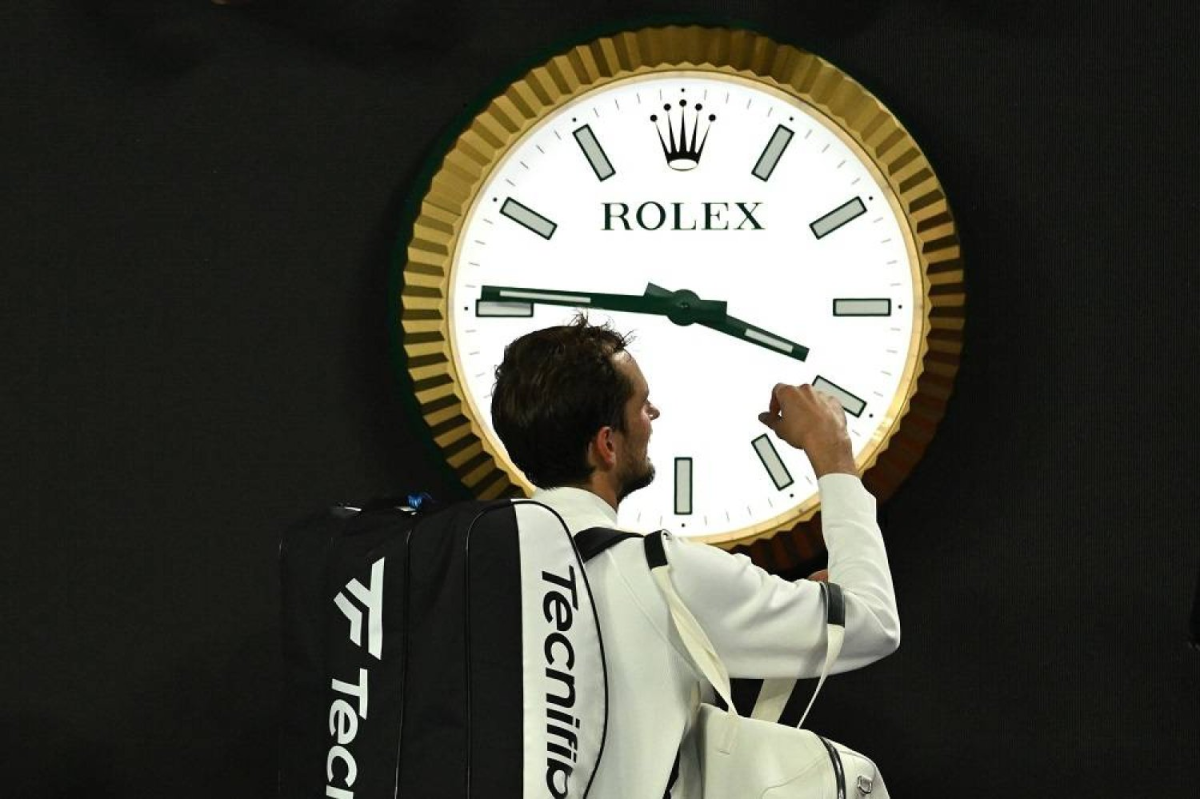


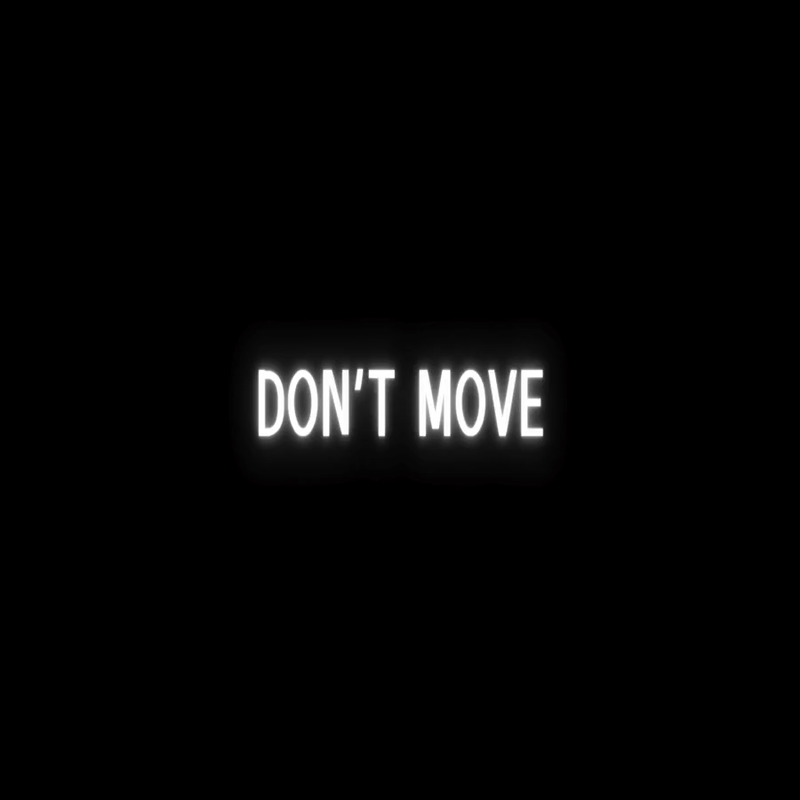

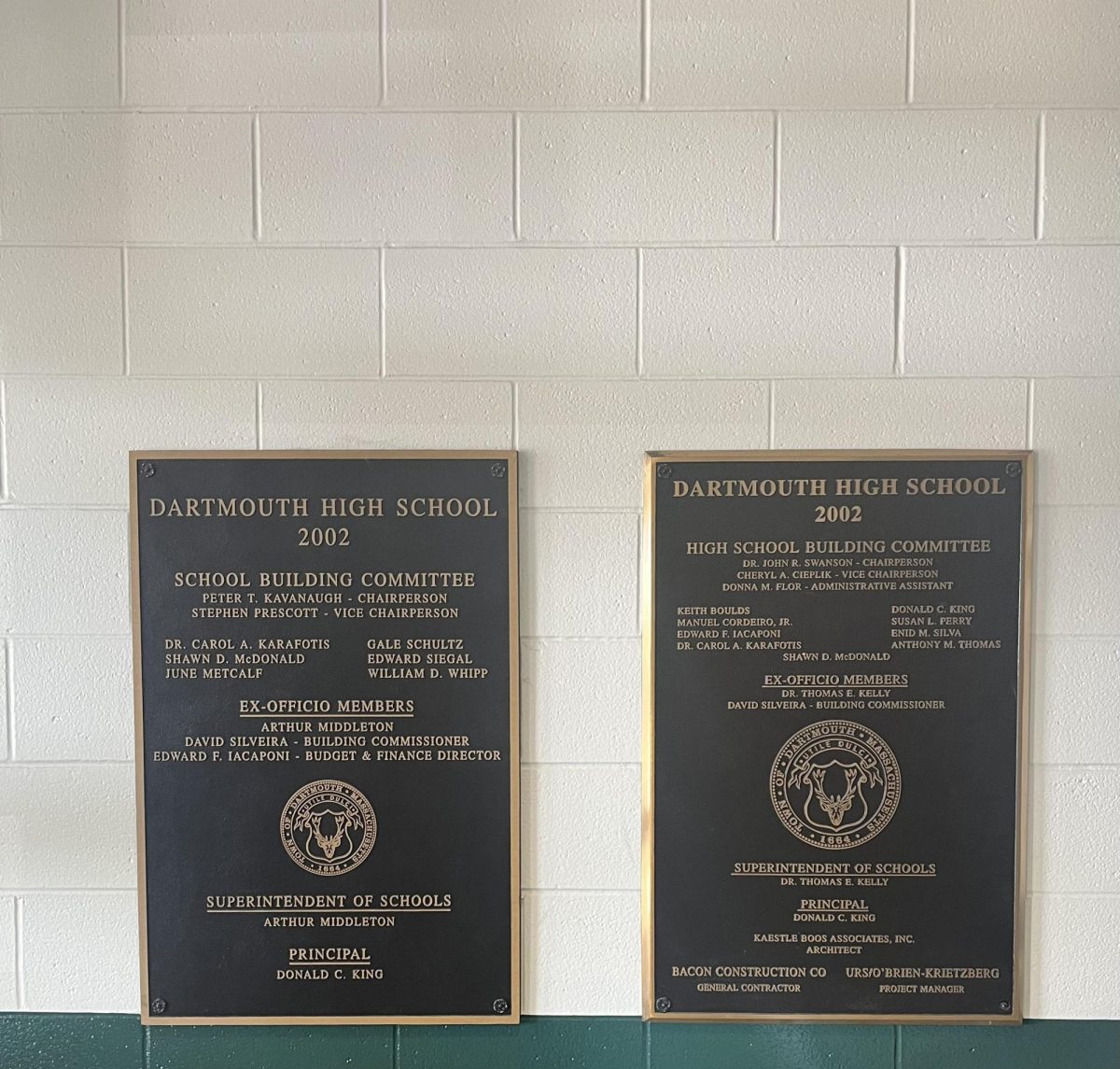
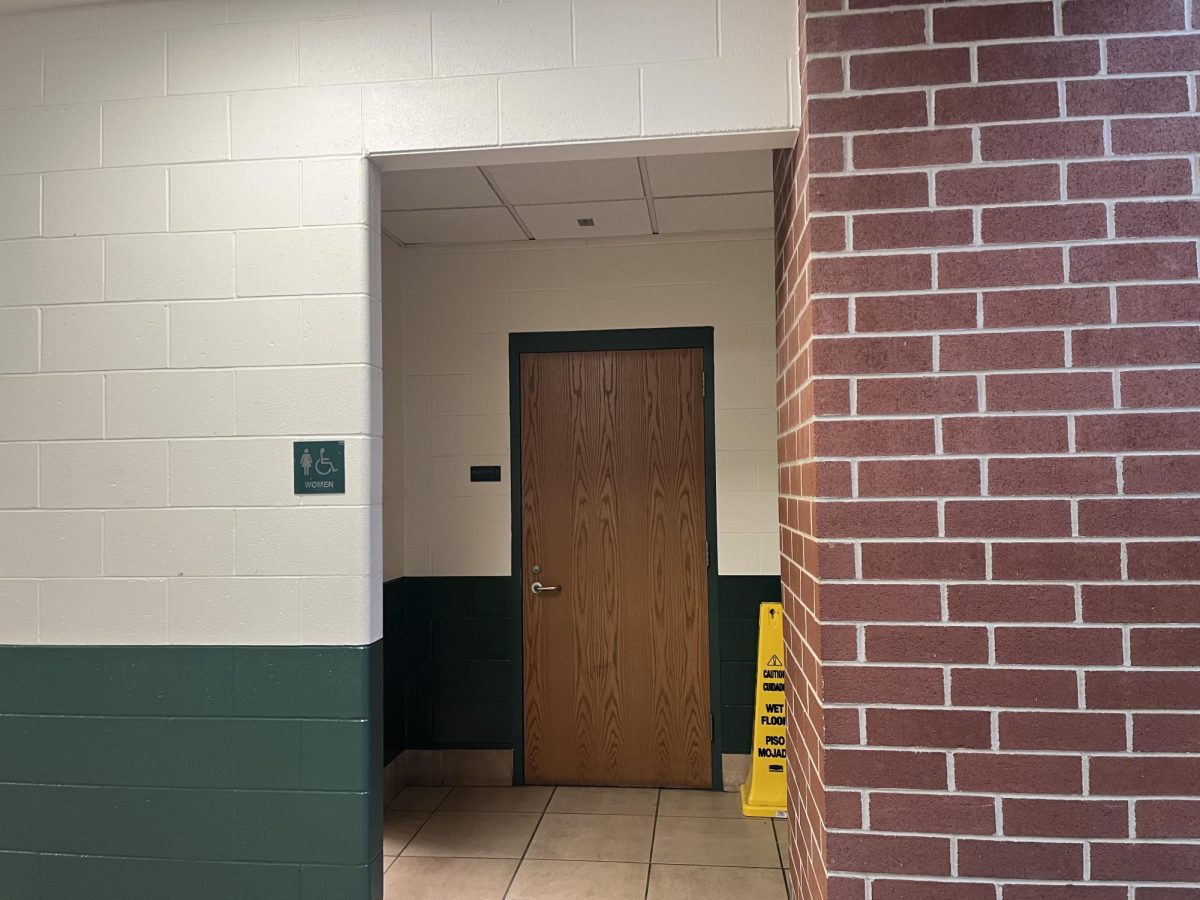

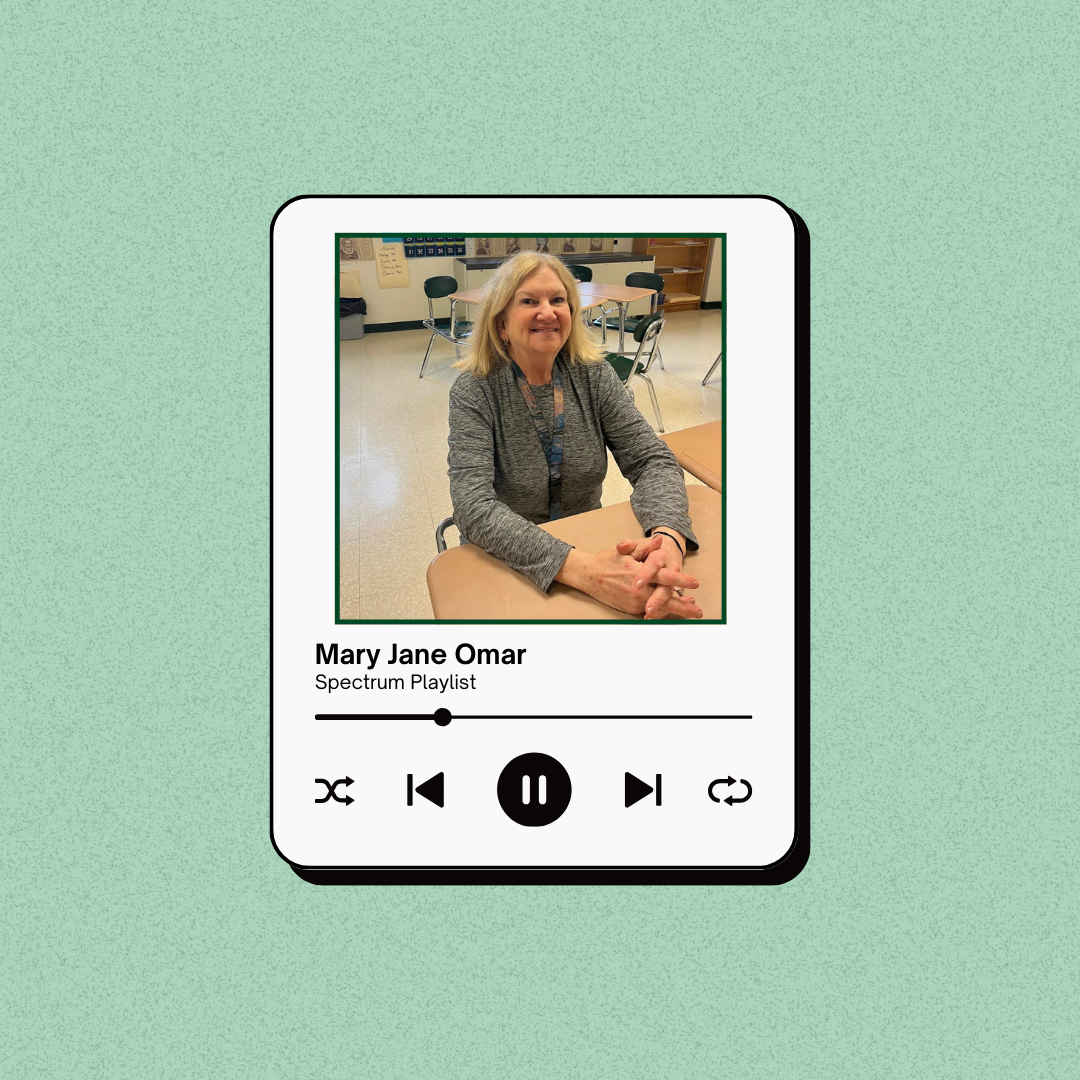
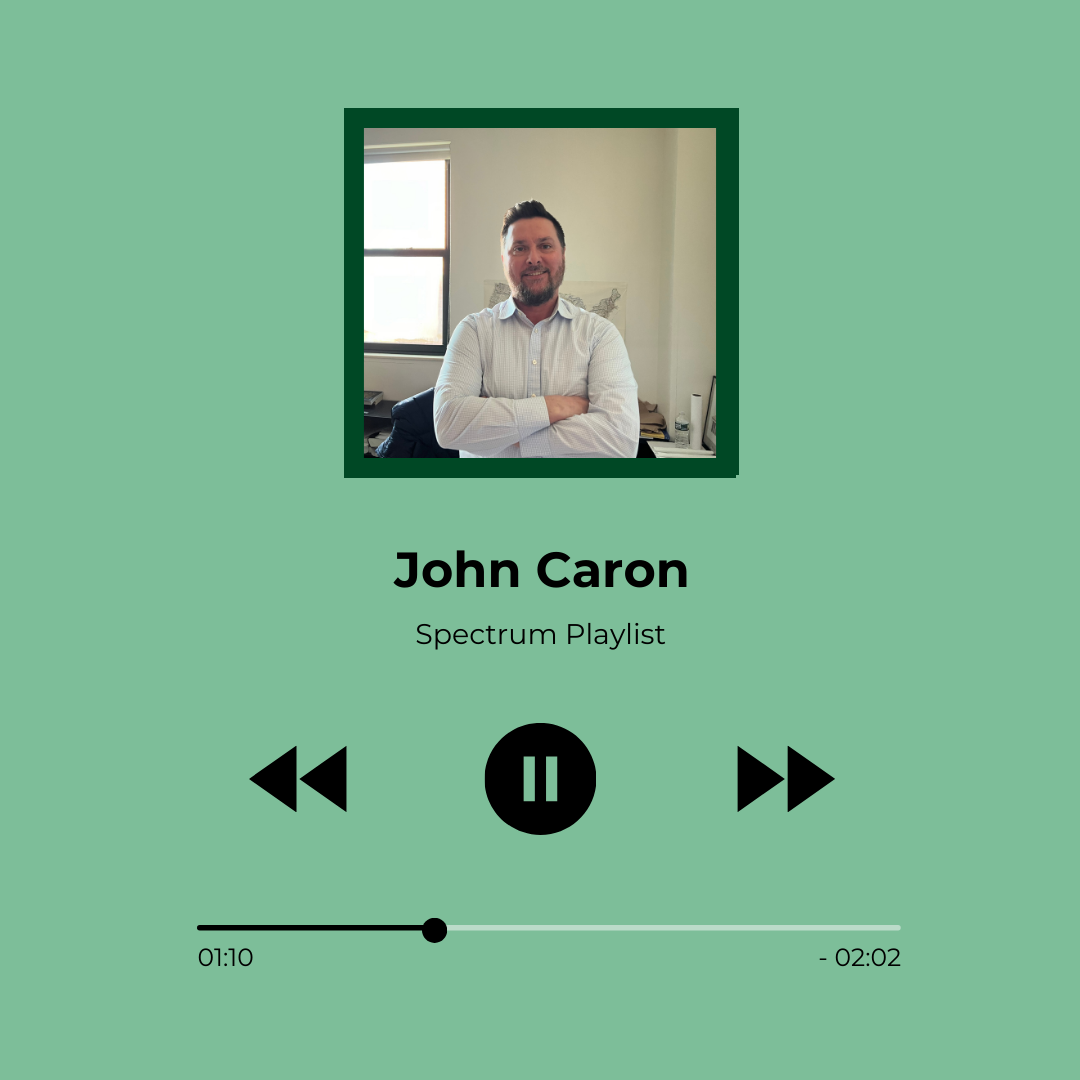
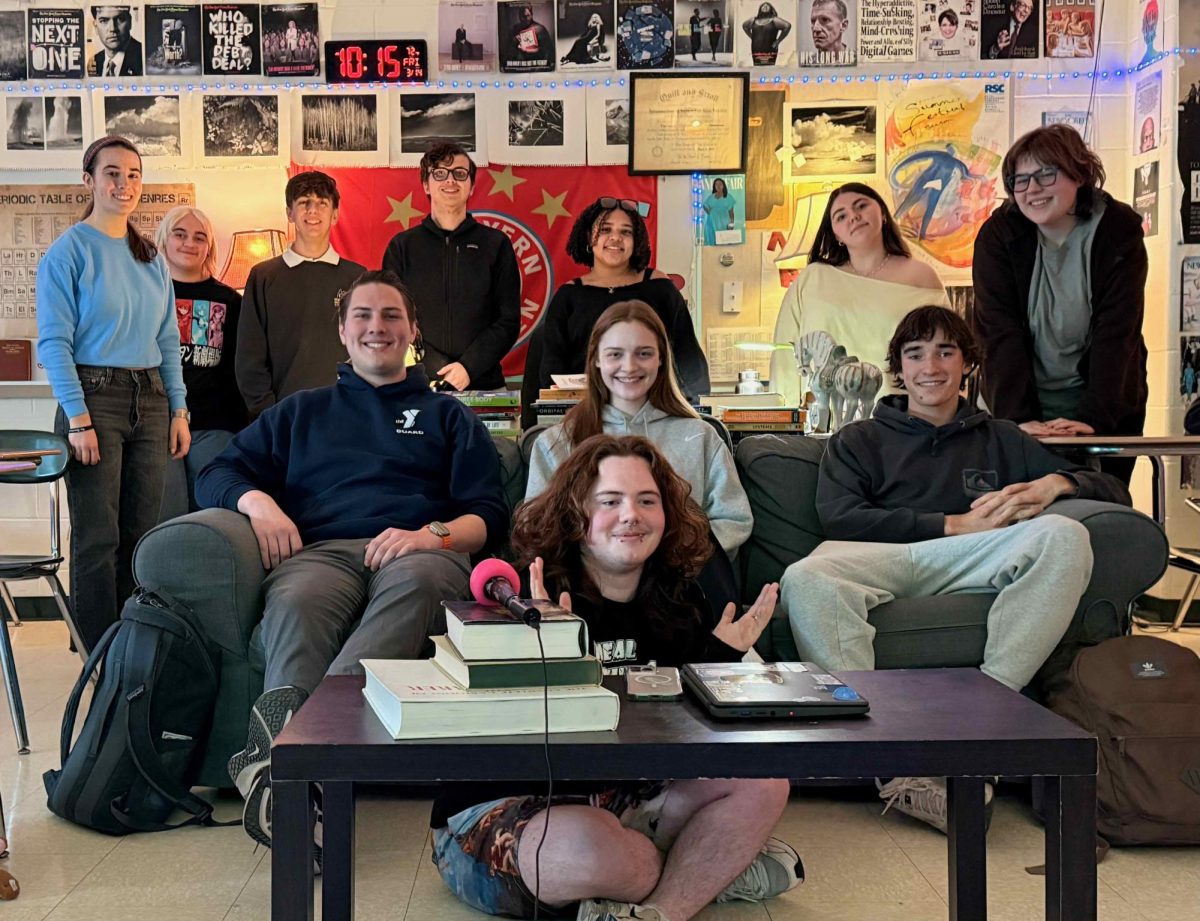
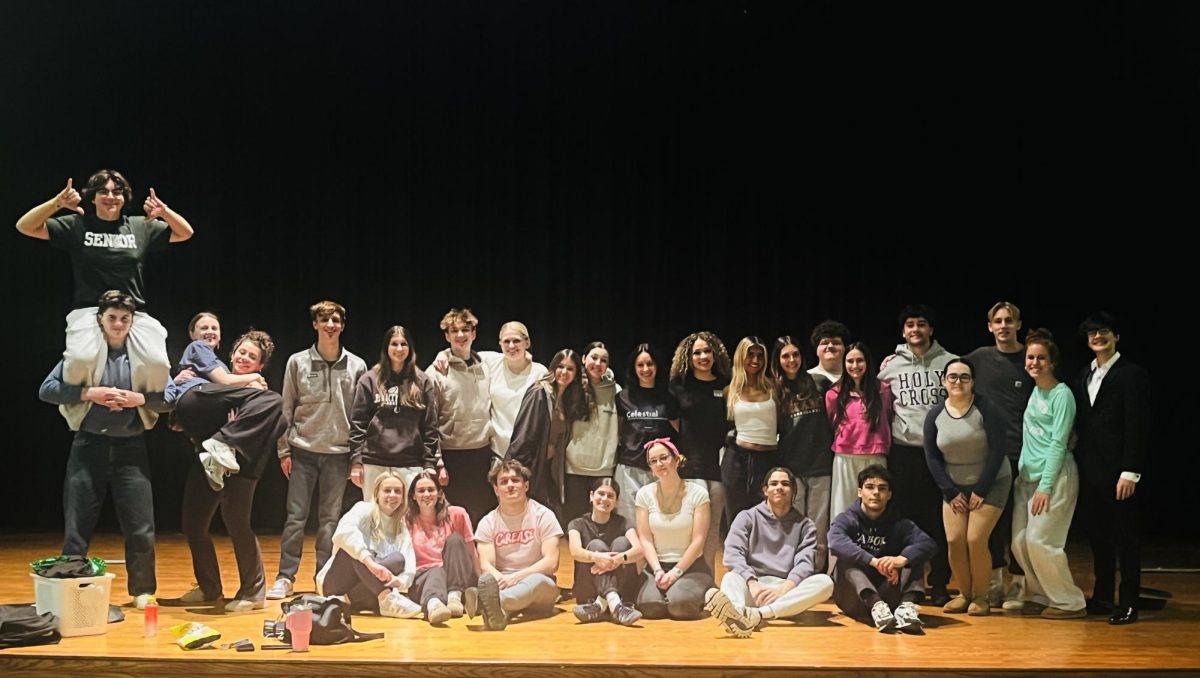
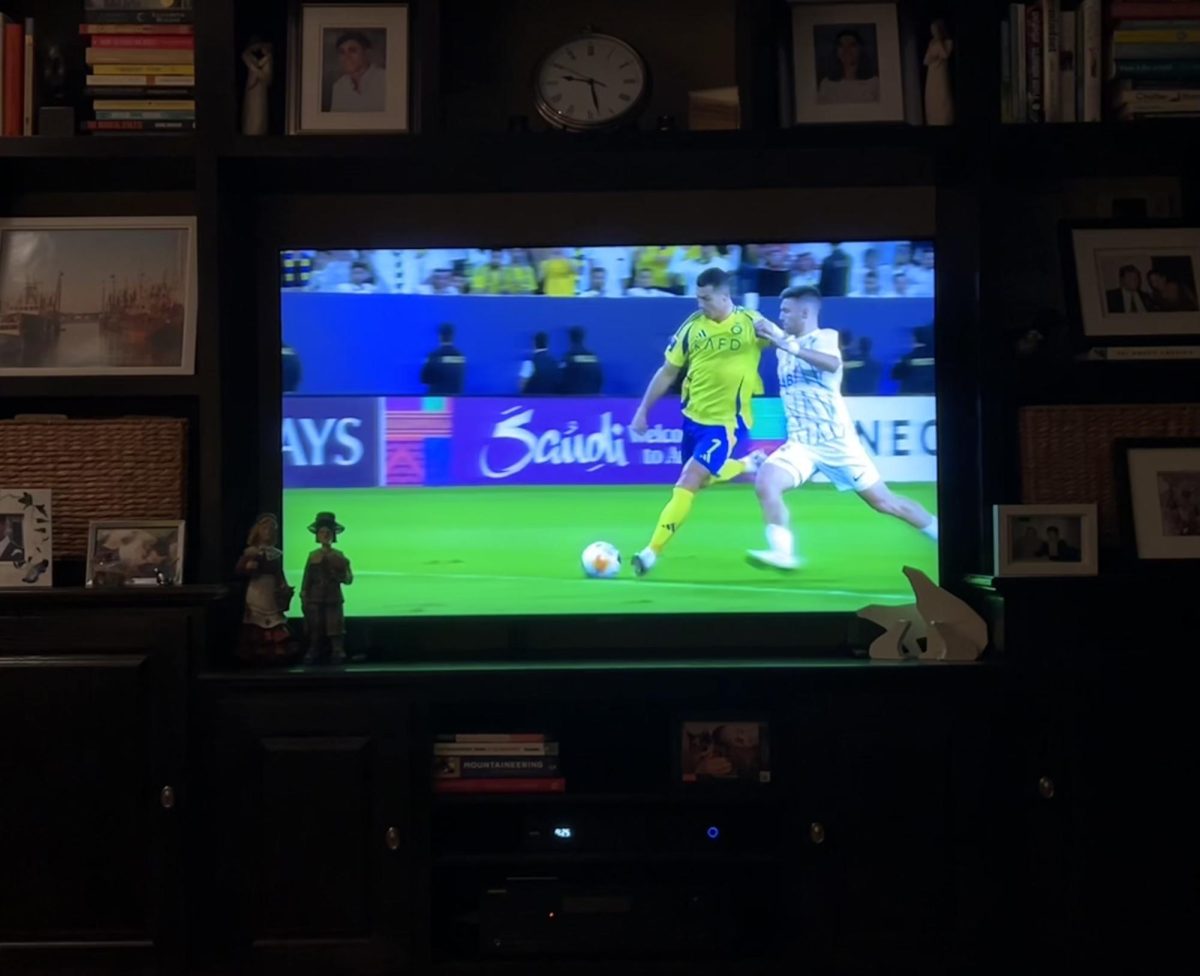
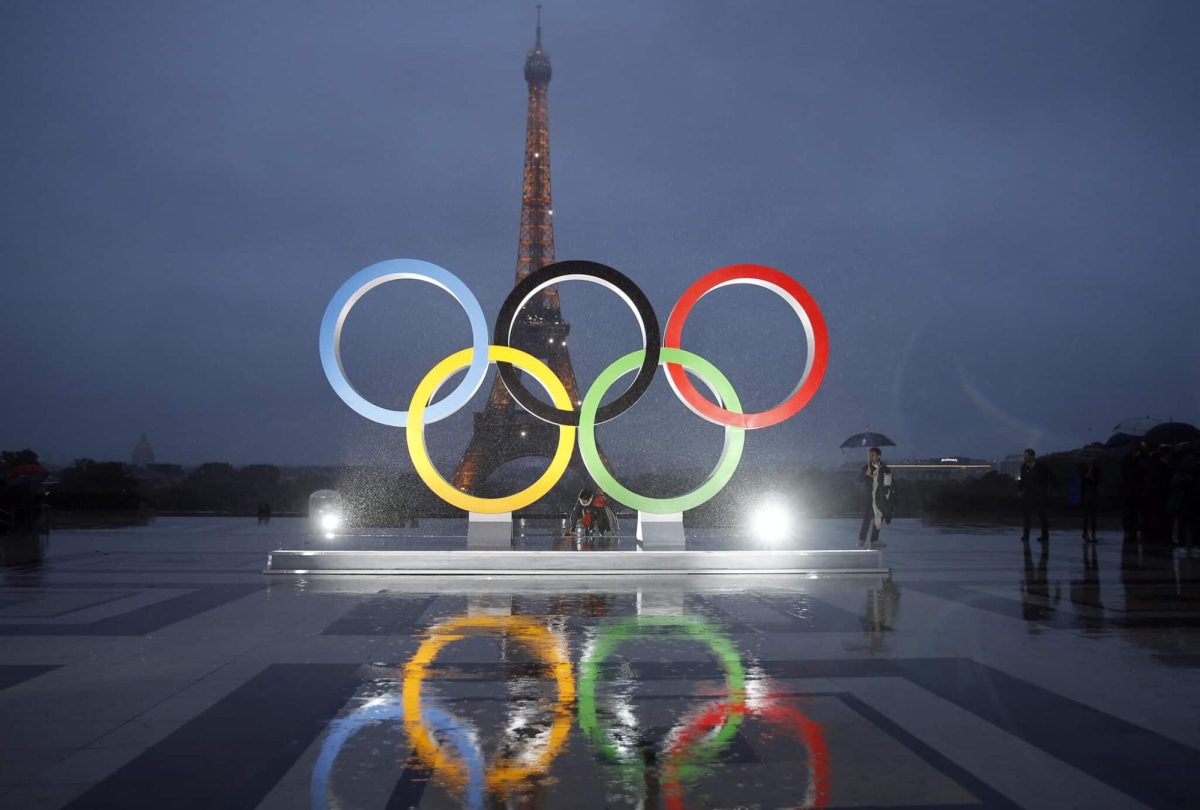
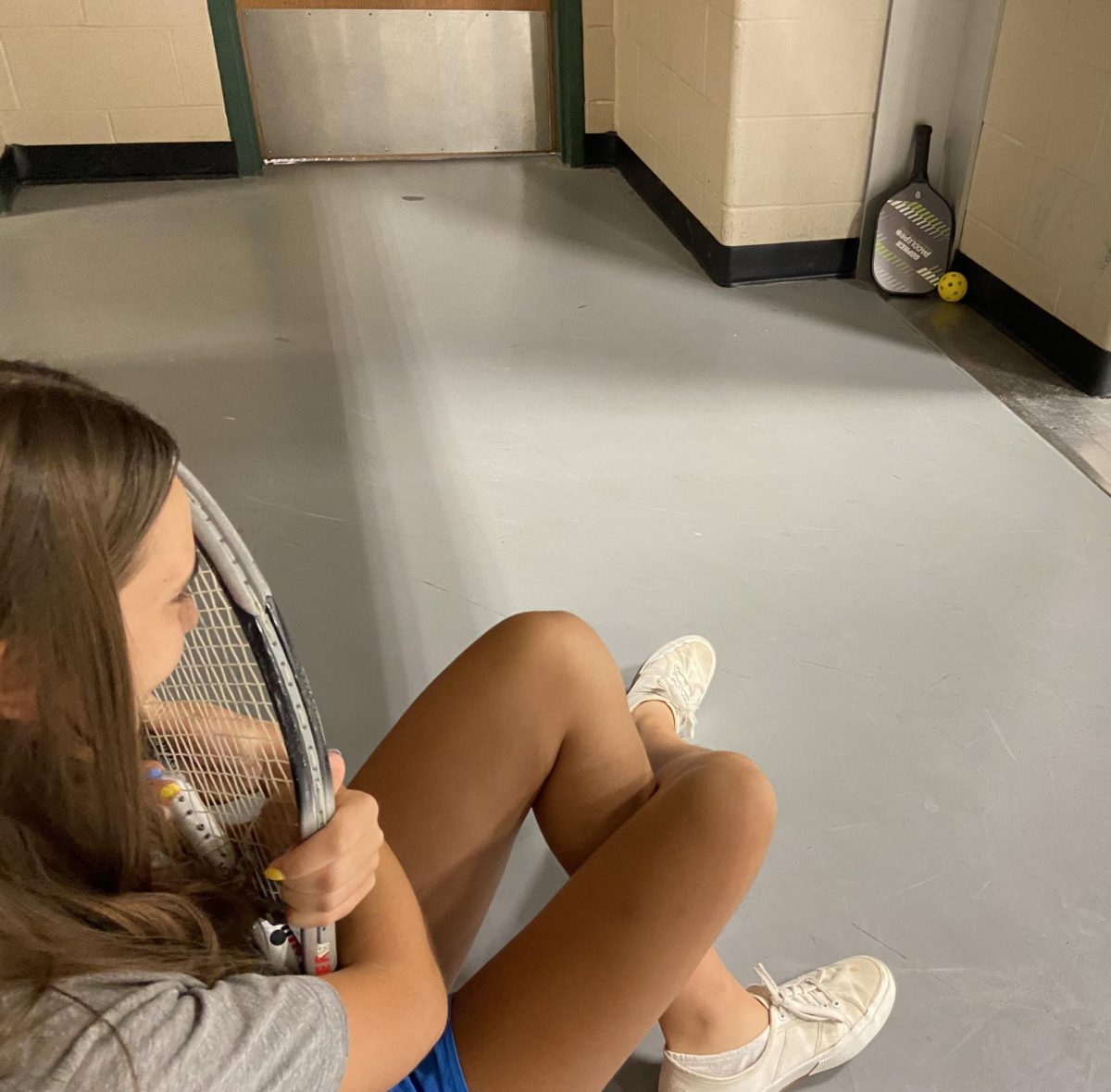
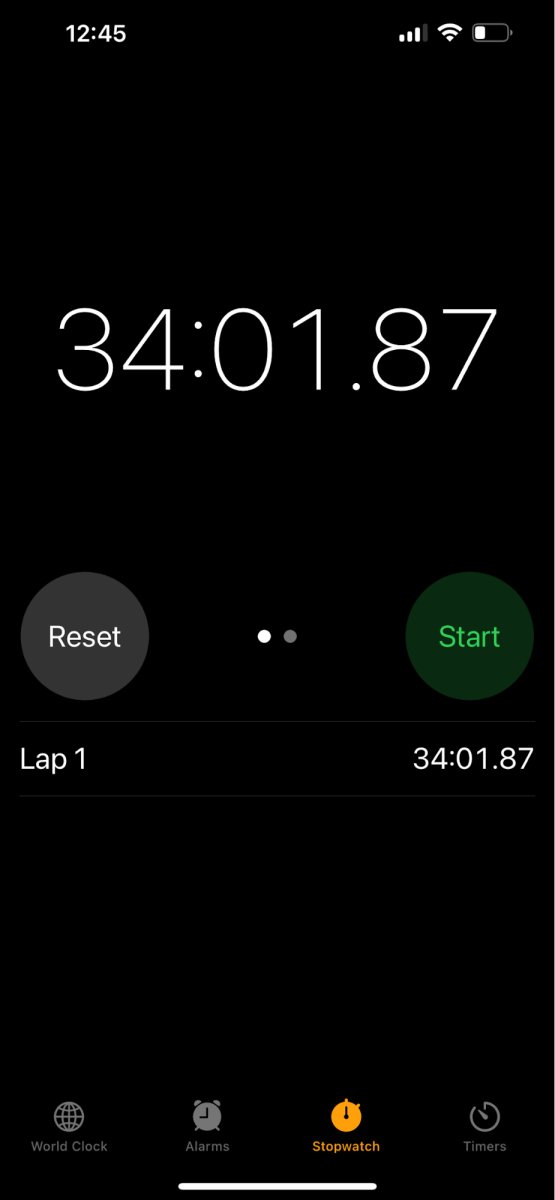
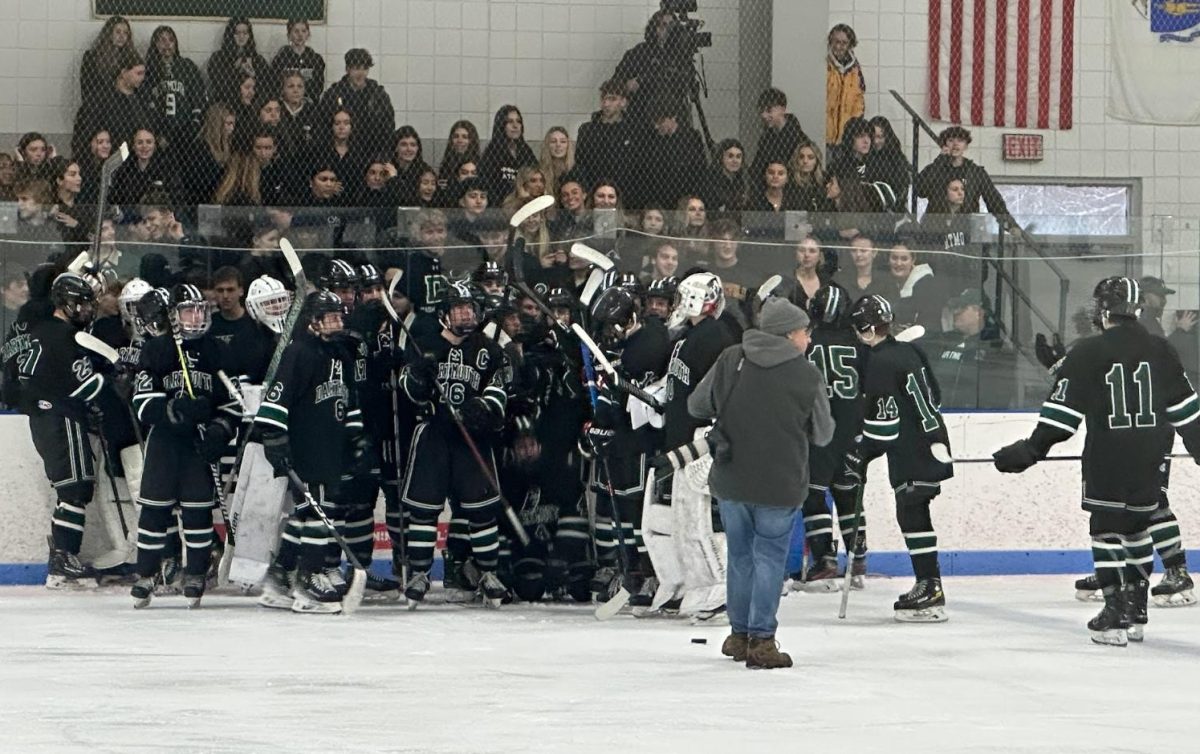



Mackenzie • Jan 24, 2024 at 7:37 am
Do you think it would beneficial for students to go to bed earlier to wake up earlier and do work before school, or would it have the same draining effect? Great writing, as someone who knows nothing about tennis I found the similarities shocking.